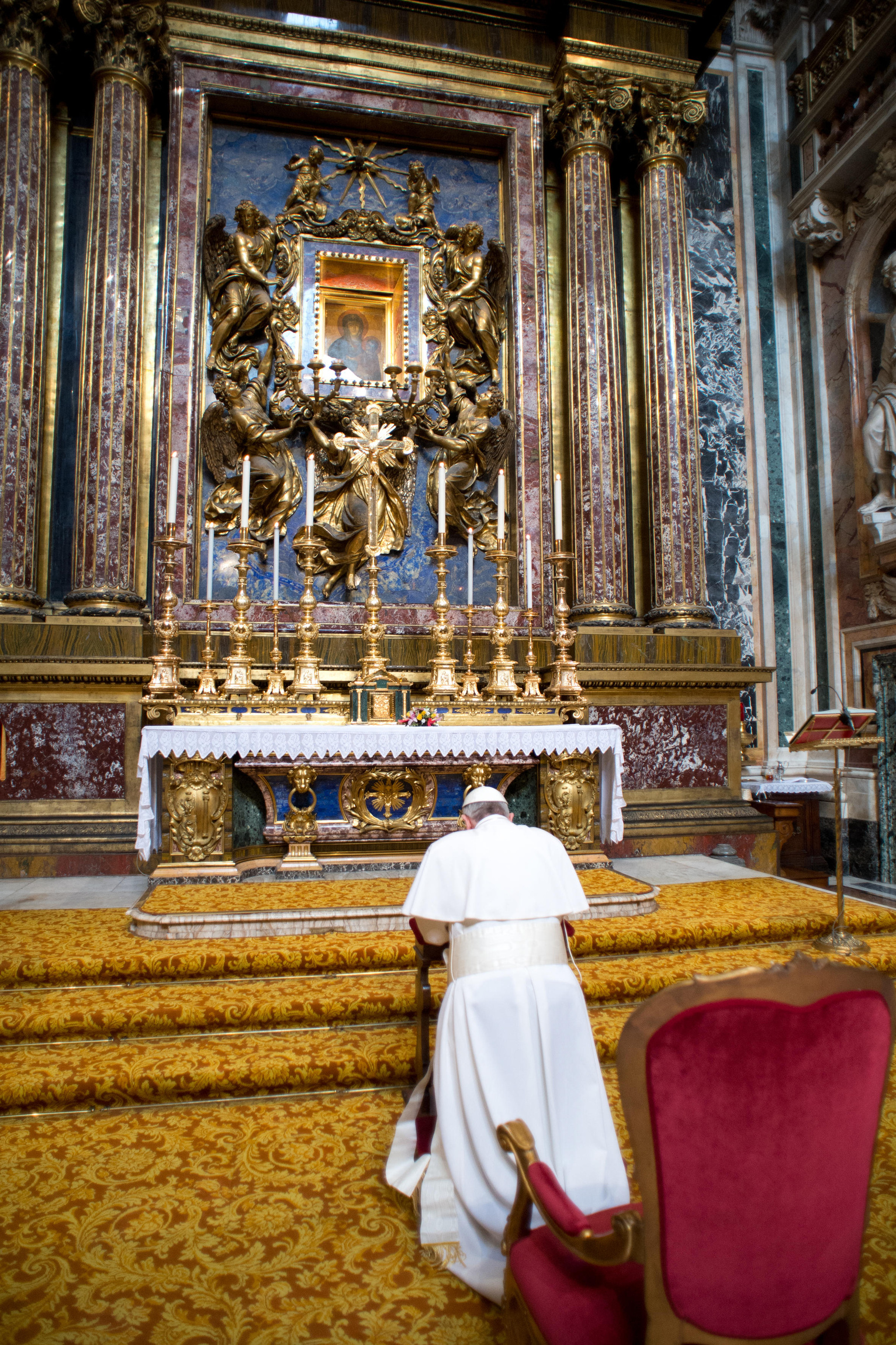Discover the Exact Date Pope Francis Was Chosen: A Historic Milestone Explained invites you to explore a significant moment in the history of the Catholic Church. This article delves into the intricate process that led to the election of Pope Francis, providing insights into the traditions and protocols surrounding one of the most important decisions within the Vatican.
As we journey through the details of this historic event, we uncover not only the date but also the profound implications of Pope Francis's election. His selection marked a turning point, bringing a fresh perspective and renewed energy to the leadership of the Catholic Church. Let us now embark on an exploration of the events that unfolded during this pivotal period.
The Process Behind Selecting a New Leader
Understanding the Papal Election Procedure
Selecting a new pope is a complex and deeply spiritual process steeped in centuries-old traditions. The College of Cardinals, composed of senior church leaders from around the world, gathers in Vatican City for what is known as a papal conclave. During this time, they isolate themselves from the outside world to focus solely on their sacred duty. Each cardinal casts secret ballots until one candidate receives the necessary two-thirds majority vote to become the next pope.
This method ensures that the decision-making process remains confidential and free from external influences. It underscores the importance of prayerful contemplation and divine guidance in choosing someone who will lead the global Catholic community. The seclusion helps create an atmosphere conducive to discernment and unity among the cardinals.
Throughout history, conclaves have varied greatly in length, sometimes lasting weeks or even months before reaching consensus. However, modern conclaves tend to be shorter due to improved communication methods and greater understanding among participants about the qualities needed in a contemporary pontiff.
March 13th: A Day That Changed History
A Memorable Day in Vatican History
On March 13, 2013, after just five ballots over two days, Cardinal Jorge Mario Bergoglio emerged as the chosen successor to Pope Benedict XVI. Born in Buenos Aires, Argentina, he became the first pope from Latin America and the first Jesuit to hold the office. Choosing the name Francis, inspired by Saint Francis of Assisi, signaled his commitment to humility, simplicity, and service.
This unexpected choice sent shockwaves throughout the Catholic world. Many were surprised by the selection of a non-European pope, breaking centuries-old precedents. Yet, it also reflected the growing influence of the Church’s Southern Hemisphere congregations and highlighted the need for fresh approaches in addressing modern challenges facing Christianity worldwide.
Pope Francis's election marked a new era characterized by openness towards dialogue with other faiths and cultures, emphasis on social justice issues such as poverty alleviation and environmental protection, and efforts to reform internal structures within the Vatican bureaucracy itself.
A Unique Final Resting Place
Choosing St. Mary Major Over Tradition
In another departure from tradition, Pope Francis expressed his desire to be buried at St. Mary Major Basilica instead of the customary location inside St. Peter's Basilica. This decision aligns with his personal values of modesty and accessibility, reinforcing his vision of a more inclusive and approachable Church. By opting for this less prominent site, he wishes to emphasize closeness to ordinary people rather than grandeur associated with traditional burial sites.
His choice reflects deeper philosophical beliefs about how leadership should serve humanity. It resonates with themes central to his papacy - prioritizing compassion over ceremony, fostering connections between diverse communities, and demonstrating solidarity with marginalized groups across society. Such gestures strengthen bonds between believers while inspiring others beyond religious boundaries.
Ultimately, these decisions underscore Pope Francis's dedication to transforming institutional practices through meaningful actions rooted in genuine concern for human welfare. They invite reflection upon what truly matters when considering legacy – whether material achievements or lasting impact made through acts imbued with love and purpose.

